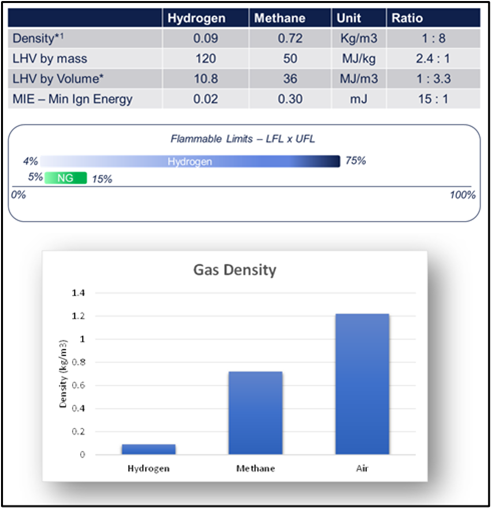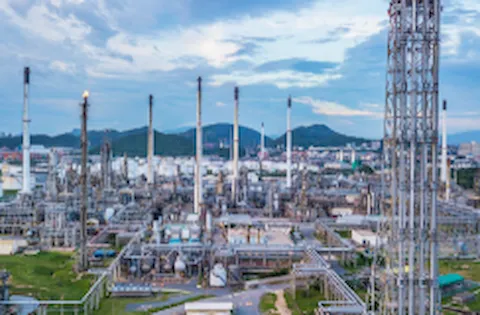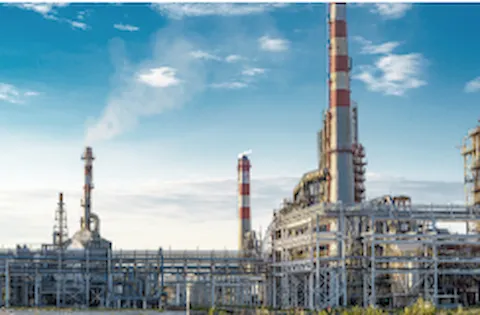

Hydrogen models in KFX extensively tested and validated
Existing dispersion, combustion and radiation models in KFX have been extensively tested and validated for hydrogen and hydrogen mixtures as part of the KFX joint industry project (JIP) for hydrogen.
Hydrogen is expected to play an important role in the energy transition and has the potential to become an integral part of the future energy mix, especially in sectors where replacing fossil fuels by other energy sources is more challenging. Hydrogen as an energy carrier may be used in its pure form, or it may be mixed with other fluids, e.g., with natural gas in existing pipeline systems as a means of easier transportation.
The challenging properties of hydrogen
Hydrogen behaves differently from other fuels, as it is approximately 14 times lighter than air at standard conditions. In addition, hydrogen diffuses much faster in the air than for example methane. Hydrogen can ignite across a wide range of concentrations in the air, from 4% to 74%.

Key properties of hydrogen – flammable limits and gas density
The product of combustion of pure hydrogen is pure water vapour, which affects the radiative characteristics. In contrast, burning hydrocarbon fuels creates mostly soot and carbon dioxide, in addition to water vapour.
Extensive validation of KFX and EXSIM for hydrogen
Because of its properties, hydrogen presents potential risks for explosion. KFX is an advanced computational fluid dynamics (CFD) simulation software that can model fire, dispersion and explosion. To improve consequence and risk assessments for hydrogen, DNV led a joint industry project (JIP) with Equinor that was completed in 2025.
As a result of the JIP, EXSIM, the KFX gas explosion solver, has been improved for more accurate prediction of explosion effects following releases of supercritical hydrogen as homogeneous hydrogen-air clouds. The results of the JIP, based in part on previous explosion testing at the DNV Spadeadam facility in the UK, have shown very good validation for hydrogen explosions, both near and farfield.
In addition, the results of rigorous testing have validated models for radiation from hydrogen flames in KFX, both regarding pure hydrogen and hydrogen mixtures.
Hydrogen dispersion in open air and closed compartments has also been validated with good results.

